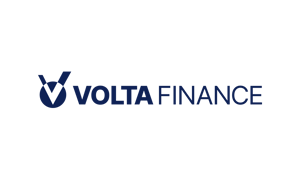Telecom operators are finding themselves constrained by systems that were not built for rapid change. As customer demands diversify, with new services, business models, and expectations, monolithic systems show their limits. ODA, or Open Digital Architecture from TM Forum, reframes how Communications Service Providers (CSPs) and vendors should build and deploy their software.
ODA is built around a set of core principles: openness, modularity, standard interfaces, and interoperability. It depends on five foundational elements: a Common Language, Open APIs, Components, Canvas, and Governance. These aren’t decorative additions but structural; they aim to allow CSPs to replace or augment parts of their stack without redoing the whole system. For example, “Canvas” refers to a cloud-native, Kubernetes‑based deployment environment. Some CSPs (Vodafone Greece among them) have begun using live production Canvases, which enables them to bring new components into production faster and with fewer dependencies.
To help this, TM Forum has created the ODA Component Directory, cataloguing dozens of discrete components (currently around 66). These are capabilities that any CSP needs to run a digital service business. Vendors can offer composite products built from several of these components. Cerillion gives an example: their product catalogue solution spans multiple ODA Component spec definitions (product catalog management, product configuration, service catalog management). This gives them flexibility to integrate with other vendors’ components without duplicating functionality.
Cerillion plc (LON:CER) is a leading provider of billing, charging and customer management systems with more than 20 years’ experience delivering its solutions across a broad range of industries including the telecommunications, finance, utilities and transportation sectors.









































